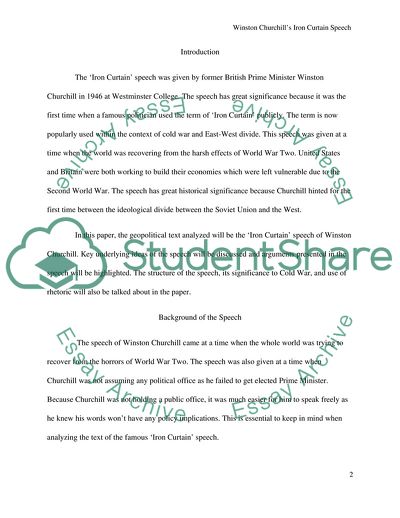Cite this document
(The Conflict Between the Soviet Union and the Western World Literature review Example | Topics and Well Written Essays - 1500 words, n.d.)
The Conflict Between the Soviet Union and the Western World Literature review Example | Topics and Well Written Essays - 1500 words. https://studentshare.org/history/1791848-review-of-a-primary-geopolitical-text
The Conflict Between the Soviet Union and the Western World Literature review Example | Topics and Well Written Essays - 1500 words. https://studentshare.org/history/1791848-review-of-a-primary-geopolitical-text
(The Conflict Between the Soviet Union and the Western World Literature Review Example | Topics and Well Written Essays - 1500 Words)
The Conflict Between the Soviet Union and the Western World Literature Review Example | Topics and Well Written Essays - 1500 Words. https://studentshare.org/history/1791848-review-of-a-primary-geopolitical-text.
The Conflict Between the Soviet Union and the Western World Literature Review Example | Topics and Well Written Essays - 1500 Words. https://studentshare.org/history/1791848-review-of-a-primary-geopolitical-text.
“The Conflict Between the Soviet Union and the Western World Literature Review Example | Topics and Well Written Essays - 1500 Words”. https://studentshare.org/history/1791848-review-of-a-primary-geopolitical-text.


